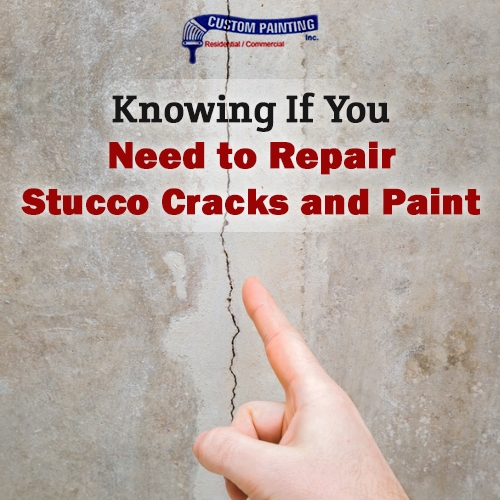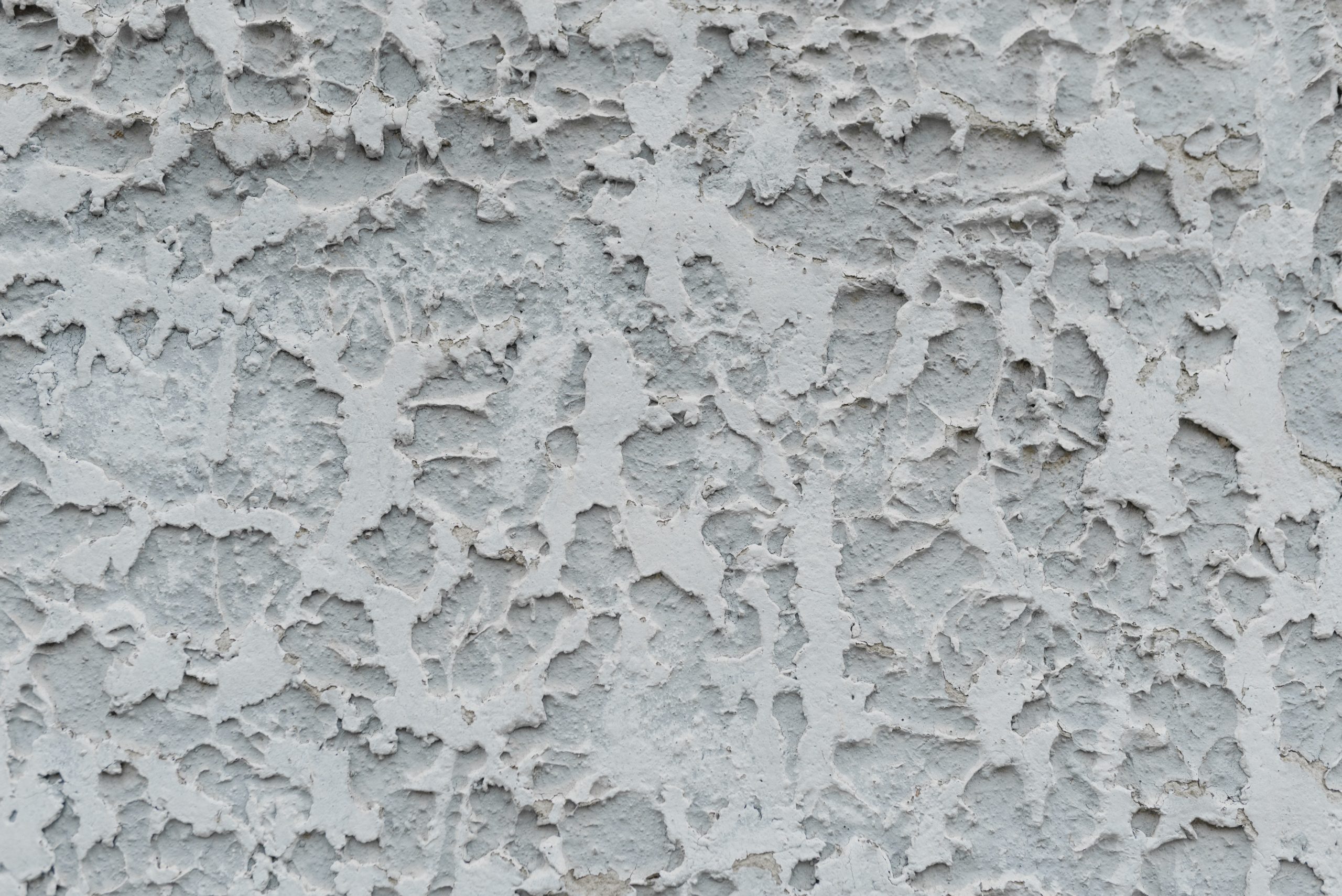Stucco is known for being durable and virtually maintenance-free. It doesn’t require painting or re-installation, reducing maintenance costs and effort.
However, it doesn’t mean that stucco never has surface flaws. You may still see cracks or holes in your stucco exterior. There are many reasons for such surface defects, but whatever those reasons are, you will still need to repair stucco cracks and paint over the patched surfaces. Revive your exterior with professional stucco painting and repair that protects against weather and enhances curb appeal.
Treat cracks differently
Stucco cracks may not be the same, so you may have to repair each with different methods.
Some stucco may show thin hairline cracks, while others may suffer from wider and deeper cracks. It could have holes, too. Hairline cracks may be the improper mixture of stucco material, seismic movement, a new home settlement, or issues in your home’s foundation. On the other hand, more extensive and deeper cracks may result from severe foundation damage like foundation settlement or foundation heave.
The good news is that most stucco cracks are cosmetic and easy to fix.
Repairing thin stucco cracks
Here’s how to fix thin stucco cracks:
- Widen the crack – yes, you read it right – using a hammer and cold chisel. The edges of the crack should be vertical, perpendicular, or beveled n an inverted “V.”
- Use a wire brush to clean the edges of the crack to remove any debris.
- Fill the crack with a sand-textured acrylic caulk. Then use a trowel to smooth out the caulk as you go.
- Let the material cure for at least 24 hours.
- Once cured, apply latex paint to the caulked area.
Note:
When you touch the caulked area, it will still feel flexible, but there’s nothing to worry about. It’s fine. The acrylic caulk’s elasticity will adjust to the wall’s slight movements (usually due to weather changes) instead of coming itself apart.
Repairing larger stucco cracks
If the cracks are wider and deeper or if there are holes in them, you will need to do the following:
- Use a hammer and cold chisel to clear away any damaged stucco.
- Use a wire brush to remove debris.
- Depending on the damage, you will need cement, sand, lime and an acrylic bonding agent, or pre-mixed stucco material (if you don’t have too many repairs to do). Mix them to apply onto the surface.
- Allow the material to cure for at least 24 hours.
- Once cured, paint the patched area with latex paint.
If the cracks or holes have become extensive or an area has sloughed off, hiring a professional painting contractor specializing in stucco repair and painting is best. They can repair stucco or replace more extensive damaged sections, if necessary.
One of the best things about hiring a certified professional painting contractor is that they will guarantee their work. Painting warranties depend on the contractor, but in most cases, the legitimate paint warranty will be from two to three years.
It is necessary to repair all stucco cracks.
No matter how small or large, superficial or deep, all cracks in stucco will allow water and moisture to enter freely through the walls. This moisture could lead to various problems, such as mold, mildew, rot, etc. You could end up with costly repairs down the road.
Wider and deeper cracks on your stucco always indicate foundation damage. Knowing if you need to repair stucco cracks and paint is essential because it allows you to address them promptly. Addressing the problems will prevent further damage and restore your home’s structural integrity.
If you’re unsure whether or not those stucco cracks indicate a minor problem or foundational issue, have them checked by a professional painting contractor. For a free consultation and estimate, contact Custom Painting, Inc. today!
Serving the Bay area including the cities of Alamo, Benicia, Concord, Dublin and Lafayette. Call us at 925-294-8062 or fill out our contact form to get a free estimate.



